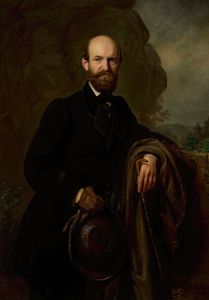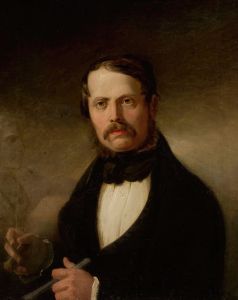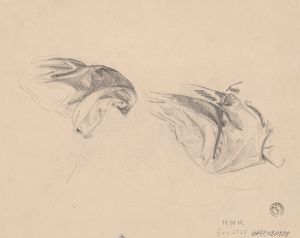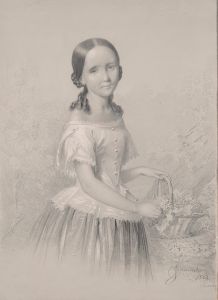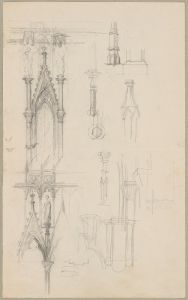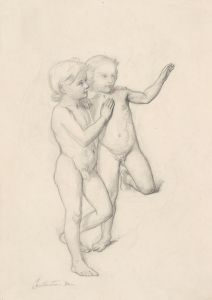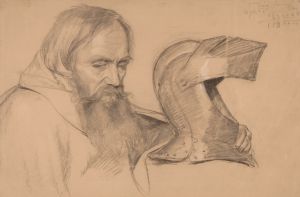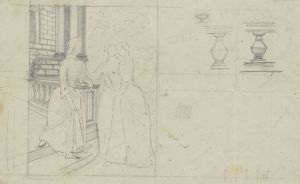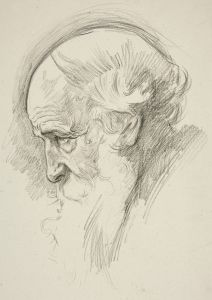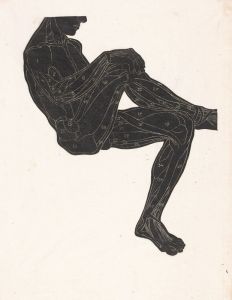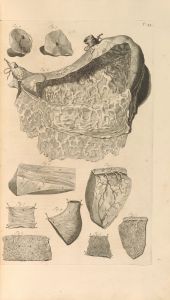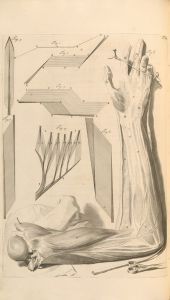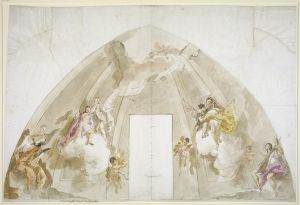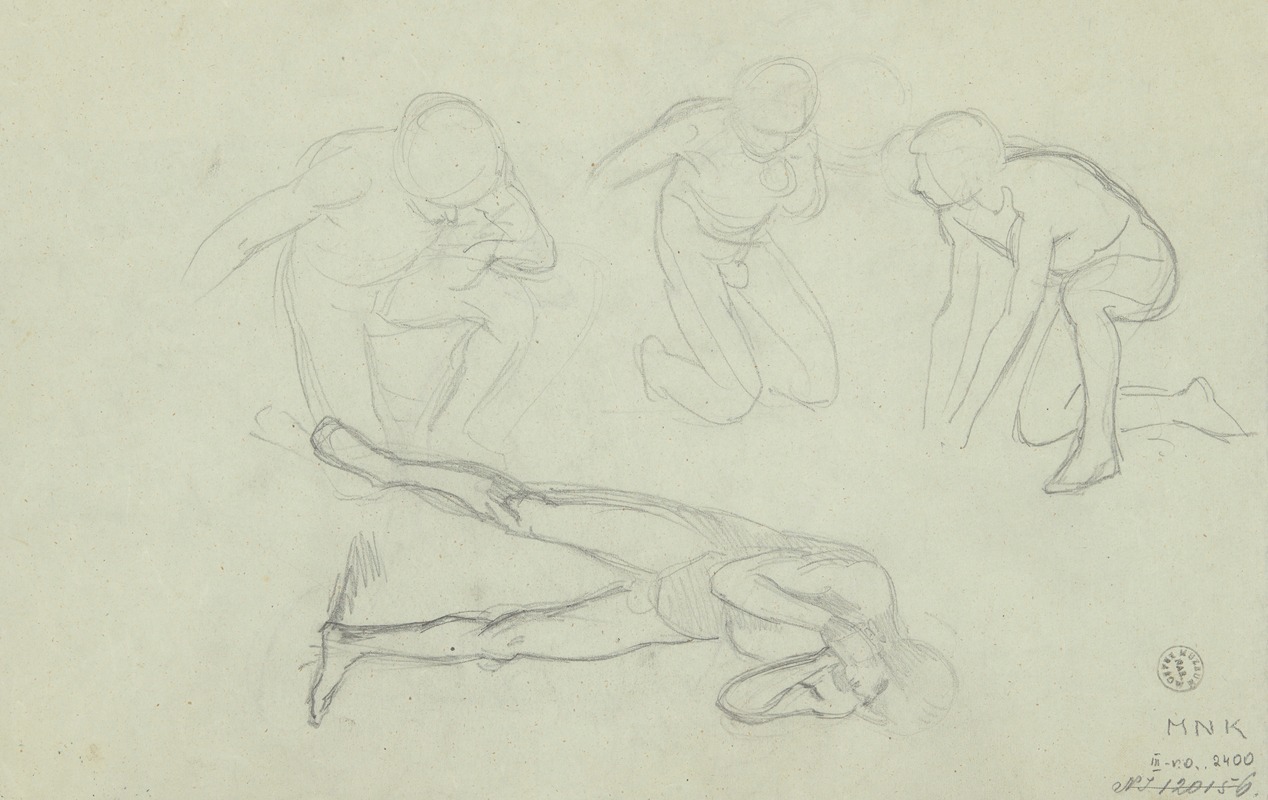
Sketches of nude males in various poses
A hand-painted replica of Józef Simmler’s masterpiece Sketches of nude males in various poses, meticulously crafted by professional artists to capture the true essence of the original. Each piece is created with museum-quality canvas and rare mineral pigments, carefully painted by experienced artists with delicate brushstrokes and rich, layered colors to perfectly recreate the texture of the original artwork. Unlike machine-printed reproductions, this hand-painted version brings the painting to life, infused with the artist’s emotions and skill in every stroke. Whether for personal collection or home decoration, it instantly elevates the artistic atmosphere of any space.
Józef Simmler (1823–1868) was a Polish painter known for his works in the academic style, often focusing on historical and religious themes. Among his lesser-known works are sketches of nude male figures in various poses, which demonstrate his skill in anatomical studies and his dedication to mastering the human form. These sketches are believed to have been created as part of his artistic training and practice, reflecting the rigorous academic standards of 19th-century European art education.
Simmler studied at several prestigious art institutions, including the Dresden Academy of Fine Arts and the École des Beaux-Arts in Paris. During this period, it was common for artists to engage in life drawing sessions, where they would sketch nude models to refine their understanding of anatomy, proportion, and movement. These exercises were considered essential for creating realistic and dynamic compositions in larger, more complex works.
The sketches of nude males by Simmler are characterized by their attention to detail and the careful rendering of musculature and posture. They likely served as preparatory studies or practice pieces rather than finished artworks intended for public display. Such sketches were typically part of an artist's private portfolio, used to develop technical skills and explore the human body's structure.
While Simmler is best remembered for his historical paintings, such as "Death of Barbara Radziwiłł" (1860), his anatomical studies provide insight into the foundational techniques that supported his more elaborate compositions. These sketches also align with the broader tradition of academic art, where mastery of the human figure was a cornerstone of artistic training.
The exact date and context of these sketches are not well-documented, and they are not as widely studied or exhibited as Simmler's major works. However, they remain an important part of his artistic legacy, showcasing his commitment to the discipline and craftsmanship that defined his career.
No further specific information about these sketches, such as their current location or medium, is available in existing historical records.





